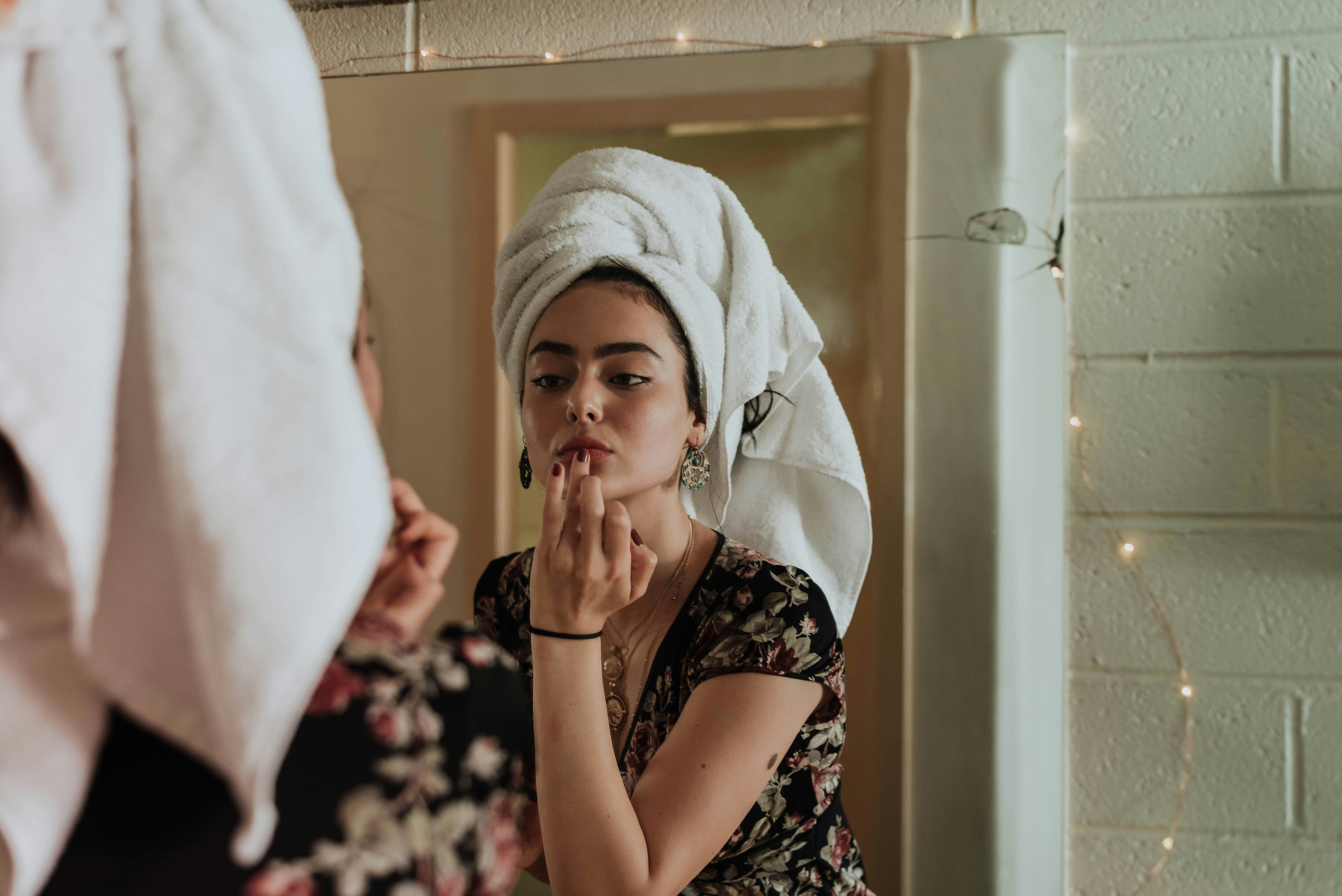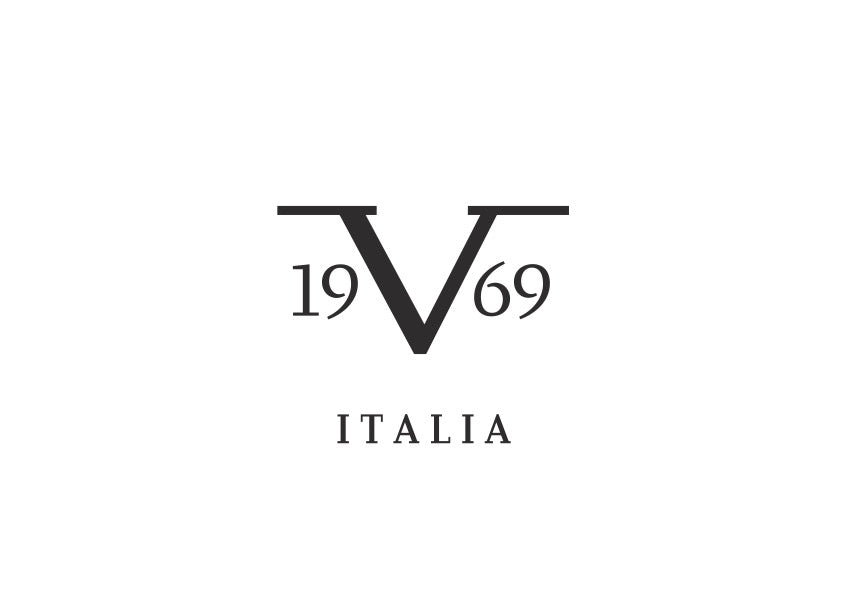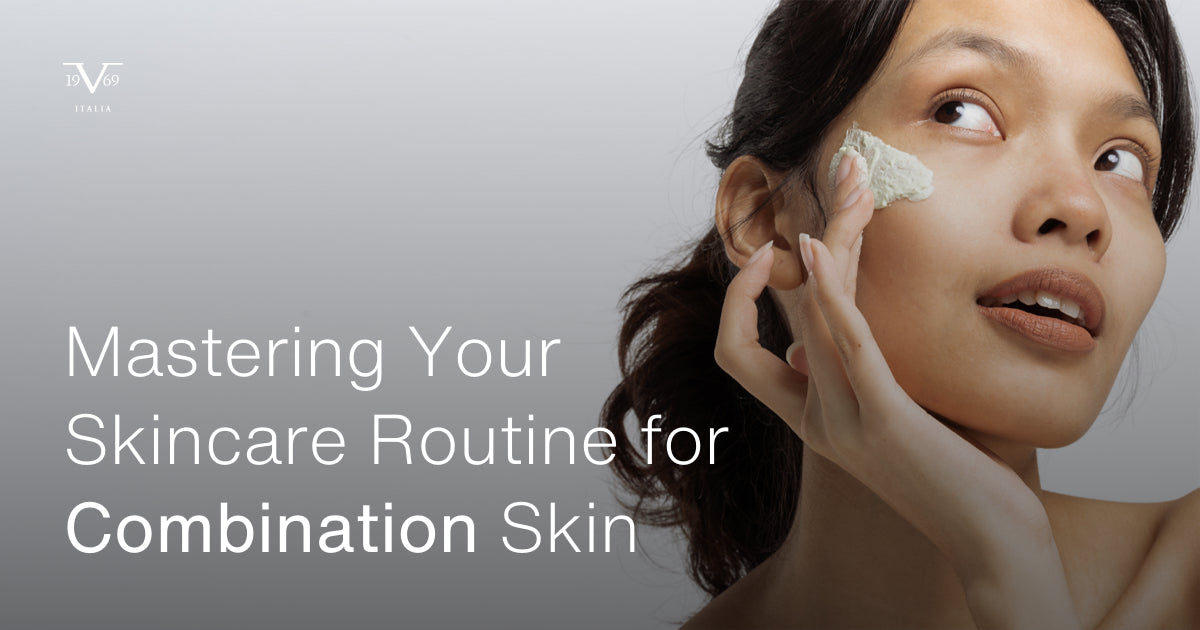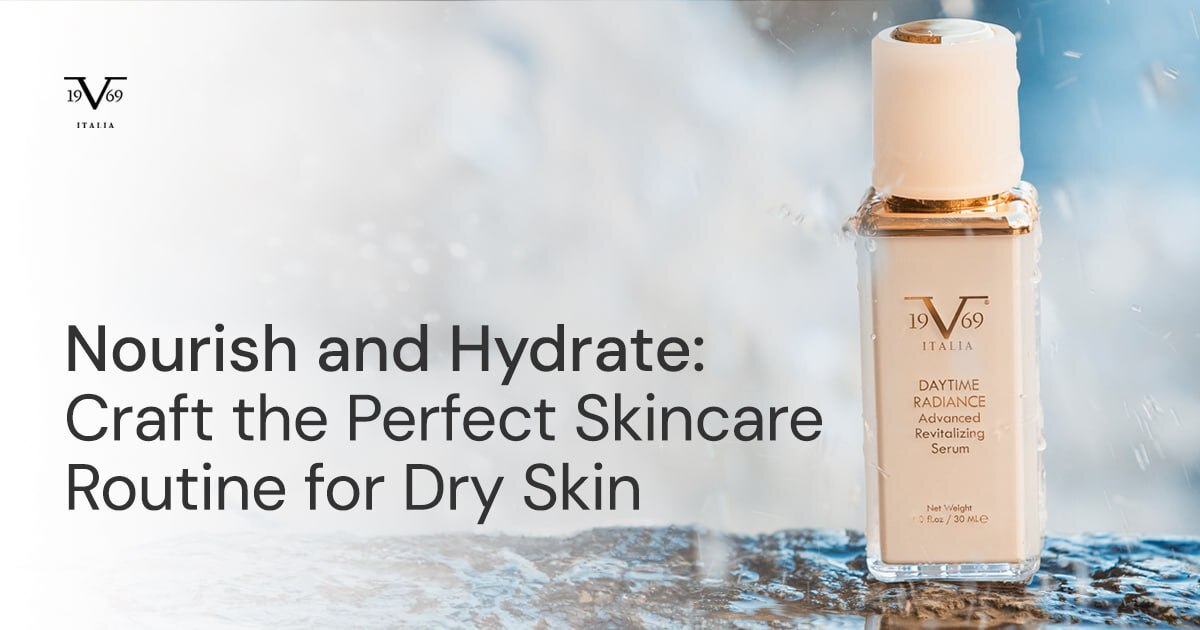
How to Properly Layer Your Skincare Products with Retinol for Maximum Effectiveness
In the realm of skincare, the order in which products are applied plays a pivotal role in ensuring their maximum effectiveness. The concept of layering skincare products is not merely a trend but a science-backed approach to enhancing the health and appearance of the skin. Proper layering ensures that each product can deliver its benefits without interference, allowing for optimal absorption and function.
This comprehensive guide aims to demystify the process, providing clear instructions on how to layer skincare products for various skin types and concerns. Whether you're incorporating potent actives like retinol or seeking to maintain a simple yet effective regimen, understanding the correct sequence and method of application can transform your skincare routine into a targeted, therapeutic ritual. Embracing this methodical approach not only maximizes the efficacy of each product but also elevates your daily skincare routine to a nurturing, self-care experience.
What Is Retinol, and What Is It Used in Skincare?
Retinol, a derivative of Vitamin A, stands as a cornerstone in the field of dermatology and skincare for its profound impact on the skin's appearance and health. Recognized for its potent anti-aging properties, retinol accelerates skin renewal, enhances collagen production, and reduces the visibility of fine lines, wrinkles, and age spots. Beyond its anti-aging benefits, retinol is effective in regulating oil production, making it a valuable ally against acne. Its ability to unclog pores and promote cellular turnover helps in achieving a clearer, more refined skin texture.
Incorporating retinol into a skincare routine, however, requires a nuanced understanding of its strength and potential side effects, such as dryness, redness, and sensitivity, particularly during the initial stages of use. To mitigate these effects, it is advised to start with a low concentration, gradually increasing the frequency and amount as the skin builds tolerance. This careful approach ensures that the skin reaps the transformative benefits of retinol without undue irritation, paving the way for a smoother, more youthful, and radiant complexion.
How to Layer Skincare Products with Retinol?
Establishing the correct order to apply skincare products is crucial for optimizing their effectiveness and achieving the best possible results for your skin. Here's a comprehensive guide to layering your skincare correctly, ensuring that each product is given the opportunity to work as intended:
Remember, the key to a successful skincare routine is consistency and paying attention to how your skin responds to each product. It's also essential to give each product time to absorb before applying the next layer, ensuring that your skin reaps all the benefits.
Difference Between Skincare With and Without Retinol
The inclusion or exclusion of retinol in a skincare routine can lead to different focuses, benefits, and considerations due to the unique properties of retinol as an active ingredient. Here’s a comparison between skincare routines with and without retinol:
Skincare With Retinol:
- Anti-Aging and Skin Renewal - Retinol is renowned for its anti-aging properties. It boosts collagen production, reduces the appearance of fine lines and wrinkles, and accelerates cell turnover. A routine with retinol focuses significantly on rejuvenating the skin and combating signs of aging.
- Texture and Tone Improvement - Regular use of retinol can improve skin texture and tone by encouraging the shedding of dead skin cells and promoting new cell growth, leading to smoother, more evenly toned skin.
- Acne and Pore Size Reduction - Retinol helps to unclog pores, reduce acne outbreaks, and make pores appear smaller due to its exfoliating effects and regulation of oil production.
- Consideration of Side Effects - Incorporating retinol requires managing potential side effects like dryness, irritation, and increased sensitivity to sunlight. Skincare routines with retinol often include supportive, soothing, and hydrating products to counteract these effects.
- Sun Protection Emphasis - Due to retinol’s tendency to increase sun sensitivity, routines with retinol must emphasize the use of broad-spectrum sunscreen during the day, even more than routines without retinol.
Skincare Without Retinol:
- Gentle Maintenance - Routines without retinol may focus more on gentle maintenance, hydration, and protection of the skin, especially suitable for those with sensitive skin or those who cannot tolerate retinol.
- Alternative Active Ingredients - These routines might rely on alternative active ingredients like vitamin C, niacinamide, peptides, or AHAs/BHAs for addressing concerns like aging, texture, and brightness without the potent effects or side effects of retinol.
- Hydration and Barrier Support - Without the potential drying and irritating effects of retinol, routines might concentrate more on hydration and strengthening the skin barrier with emollients, humectants, and ceramides.
- Simplified Regimen - Skincare routines without retinol can be less complex, as there’s no need to incorporate additional steps to mitigate retinol’s side effects, making them suitable for those seeking a minimalist approach.
- Broader Suitability - Without retinol, skincare routines can be suitable for a broader range of skin types and conditions, including those with susceptible skin, pregnant or nursing women, or individuals with certain skin conditions advised to avoid retinol.
Whether to include retinol in your skincare routine depends on your specific skin concerns, tolerance, and goals. Both retinol and non-retinol routines can be effective, provided they are tailored to the individual’s skin needs.
Which Skin Type Can’t Use Retinol?
While retinol is a highly praised ingredient in skincare for its numerous benefits, certain skin types and conditions should approach its use with caution or may need to avoid it altogether:
Very Sensitive Skin
Individuals with extremely sensitive skin may find retinol too irritating. This skin type is more prone to redness, burning, and irritation from active ingredients.
Eczema or Rosacea
People suffering from skin conditions like eczema or rosacea often have compromised skin barriers. Retinol can exacerbate these conditions by causing additional irritation, dryness, and flakiness.
Severe Acne
While retinol can be beneficial for mild to moderate acne, those with severe acne or cystic breakouts should consult a dermatologist before using retinol. In some cases, other treatments may be recommended, as retinol might irritate severely inflamed skin.
Pregnant or Nursing Women
It's generally advised that pregnant or nursing women avoid retinol. While the research is limited on topical retinoids causing harm during pregnancy or lactation due to the known risks associated with oral retinoids, caution is extended to their topical counterparts.
Skin Prone to Dryness
Those with naturally dry skin might find that retinol exacerbates their dryness. Retinol accelerates cell turnover and can strip away natural oils, leading to increased dryness and irritation if not carefully balanced with hydration.
If you fall into any of these categories and are interested in the benefits of retinol, it’s essential to consult with a dermatologist or skincare professional. They might recommend starting with a very low concentration of retinol, using it less frequently, or exploring retinol alternatives that offer similar benefits with less potential for irritation. Alternatives might include bakuchiol, a plant-derived compound that mimics the effects of retinol without irritation, or peptides, which can also help with signs of aging and skin texture.
Cost of Complete Skincare You Need to Know
The cost of a complete skincare routine can vary widely depending on several factors, including the types of products chosen, the brands, and where you purchase them. It's possible to curate an effective skincare routine across a wide range of budgets, from affordable drugstore options to high-end luxury brands. Here’s a breakdown of considerations for budgeting your skincare regimen:
Essentials Vs. Extras
At its core, a basic skincare routine includes a cleanser, moisturizer, and sunscreen. These are the essentials. Additional treatments like serums, exfoliants, and masks are beneficial but can be considered extras depending on your skin concerns and budget.
Ingredient Focus
High price tags don't always equate to higher effectiveness. Some affordable products have potent ingredients and formulations that are as effective as their luxury counterparts. It's more important to focus on the ingredients and how well they address your specific skin concerns.
Brand and Packaging
The brand and packaging can significantly influence the price. Sometimes, you may pay more for the brand name or luxurious packaging rather than the product quality. Researching and reading reviews can help you find cost-effective products that deliver results.
Size and Longevity
Consider the product's size and how long it will last when determining its value. A more expensive product that lasts several months might offer better value than a cheaper alternative that runs out quickly.
Routine Complexity
The more steps in your routine, the higher the cost. A minimalist approach can be more budget-friendly and is often sufficient for maintaining healthy skin.
On average, a basic skincare routine could cost anywhere from $30 to $100+ for drugstore brands and significantly more for premium or luxury skincare lines. However, by prioritizing your skin's needs and making informed choices, it's possible to assemble an effective skincare routine that aligns with your budget.
Remember, the most important aspect is consistency and selecting products that are suitable for your skin type and concerns. Investing in skincare is a form of self-care, but it doesn’t have to break the bank to be effective.
Conclusion
Mastering the art of layering skincare products is akin to crafting a personalized potion for your skin's unique needs—when done correctly, the results can be transformative. Understanding the role of each product, from the foundational cleanser to the protective sunscreen and the potent actives like retinol, enables you to maximize the efficacy of each component. This meticulous approach ensures that your skin reaps the full benefits of each product, leading to a healthier, more radiant complexion over time.
As we conclude this journey through the intricacies of skincare layering, remember that the essence of a great skincare routine lies not in the quantity of products used but in the quality and appropriateness for your skin. Whether you're streamlining your routine to the essentials or indulging in a comprehensive regimen, the key is consistency and attentiveness to how your skin responds. With patience and perseverance, the layered skincare routine you cultivate will become a cornerstone of not just your beauty regimen but a ritual of self-care and wellness.
FAQs About How to Layer Skincare Products
Can I use retinol with vitamin C in my skincare routine?
Yes, you can use retinol and vitamin C in the same skincare routine. Still, it's recommended to apply them at different times of the day to avoid potential irritation and to maximize their benefits. Vitamin C is best used in the morning to protect against free radical damage, while retinol is ideally applied at night to support skin renewal processes.
How long should I wait between applying different skincare products?
It's generally advised to wait about 30 seconds to one minute between applying skin care products to allow each product to absorb properly. However, for treatments like retinol or chemical exfoliants, waiting a bit longer—up to a few minutes—can help minimize irritation.
Is it necessary to layer multiple serums, or can I just use one?
Layering multiple serums isn't necessary for everyone. If one serum addresses all your skin concerns effectively, that's sufficient. Layering is beneficial if you have multiple skin concerns that one product cannot address alone. Always start with the lightest formula and move to the heavier ones.
How do I know if a product isn't working for me or if I'm layering incorrectly?
Signs a product may not be working for you or that you're layering incorrectly include increased breakouts, irritation, redness, or dryness. If you notice any adverse reactions after introducing a new product or changing your layering order, consider adjusting your routine and consulting with a dermatologist.
Can over-layering skincare products cause problems?
Yes, over-layering or using too many products can overwhelm the skin, leading to clogged pores, breakouts, and irritation. It's essential to keep your routine as streamlined as possible, focusing on products that meet your skin's needs without overloading it.
How often should I reassess my skincare routine?
It's a good practice to reassess your skincare routine with each change in season, as your skin's needs can vary with the climate. Additionally, if you notice any changes in your skin's condition or if you're not seeing the desired results after a few months, it might be time to reevaluate the products you're using.


